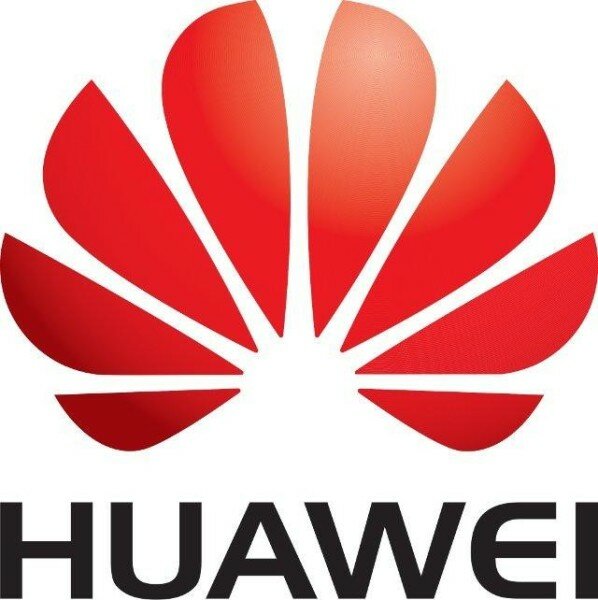
Pablo Brito, director of wireless strategies and business development for Huawei in Germany, spoke at the LTE Africa conference in Cape Town yesterday, on successfully building and launching an LTE network on the continent.
“If you put 2G, 3G [and] 4G together and you look at the growth on LTE, it’s tremendous” on a global scale, said Brito, with the United States (US) taking the lead.
Brito said LTE is a driving force in Africa due to its market potential, spectrum readiness on the continent and the fact the ecosystem is maturing.
Furthermore, Brito said in order to implement LTE effectively it is advisable to “single everything” through a single Radio Access Network (RAN) controller, which is able to control “multitech” or distribute LTE to various network towers.
By making use of a single RAN controller, mobile network operators are able to roll out LTE in Africa in a cost effective manner. It will also protect long-term investment from the start.
Qui Heng, vice president of LTE Test Driven Development (TDD) Worldwide Interoperability for Microwave Access (WiMAX) and TDS networks for Huawei, said LTE TDD is the right solution for Africa because it is available across 200 different devices and it is rapidly being adopted on a global scale, which translates to 44 different networks to date confirming TDD viability.
Of these 44 networks, Huawei is involved with 36 and has 60 per cent of the LTE TDD market.
Furthermore, Heng said LTE TDD is the right solution for the advancement of African operators due to spectrum price advantages, broader spectrum with lower bit costs.
LTE TDD also allows for “more efficient whole spectrum utilisation with downlink [and] uplink flexibility. Spectrum potential remains possible for most of Africa,” said Heng.
Heng then reiterated Brito’s presentation on a SingleRAN as a cost effective means of rolling out LTE on the continent.


















